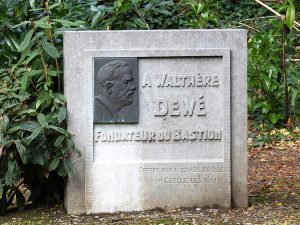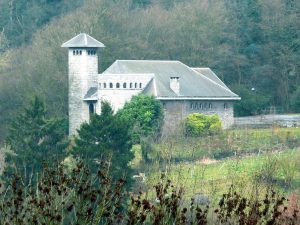
The Dame Blanche (litt. “The White Lady”) was the clandestine intelligence network that extended from Belgium through the Grand Duchy of Luxembourg to northern France. At the end of the war, it had almost 1,000 agents.
The network was founded in 1916 by citizens from Liège. Among them, Father Desonay, a Jesuit from the Collège St-Servais, Walthère Dewé and Herman Chauvin, who were engineers. Commissioner Neujean later joined them.
At the time, 30% of the members of the network were women. Moreover, out of the 128 members of the Council that directed this network, 50 were women. Some of them, like Marie Delcourt, had important responsibilities. During the war, she was an early Resistance fighter. Decorated with the Officer’s Cross of the British Empire for this commitment, Marie Delcourt acted in the thirties in favor of women’s right to vote and equality at work. She later became a university professor in Liège and an activist in the League of Nations.
The Dame Blanche was a highly effective network. It provided the secret services of the British War Office with nearly three-quarters of the valuable information on these regions. It was reactivated during the Second World War under the name of the Clarence network and continued to welcome women into its ranks.
